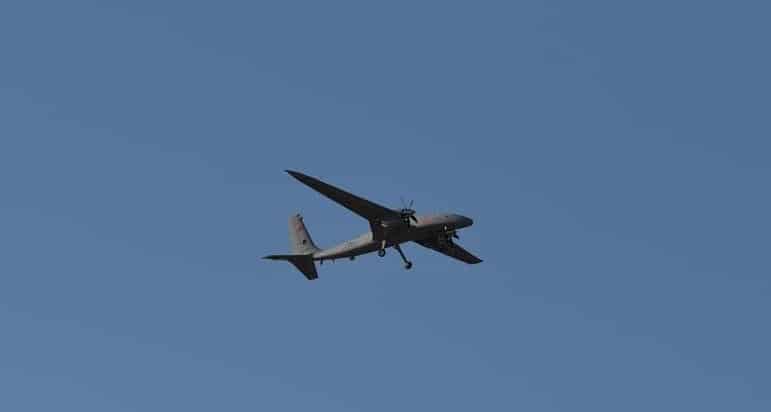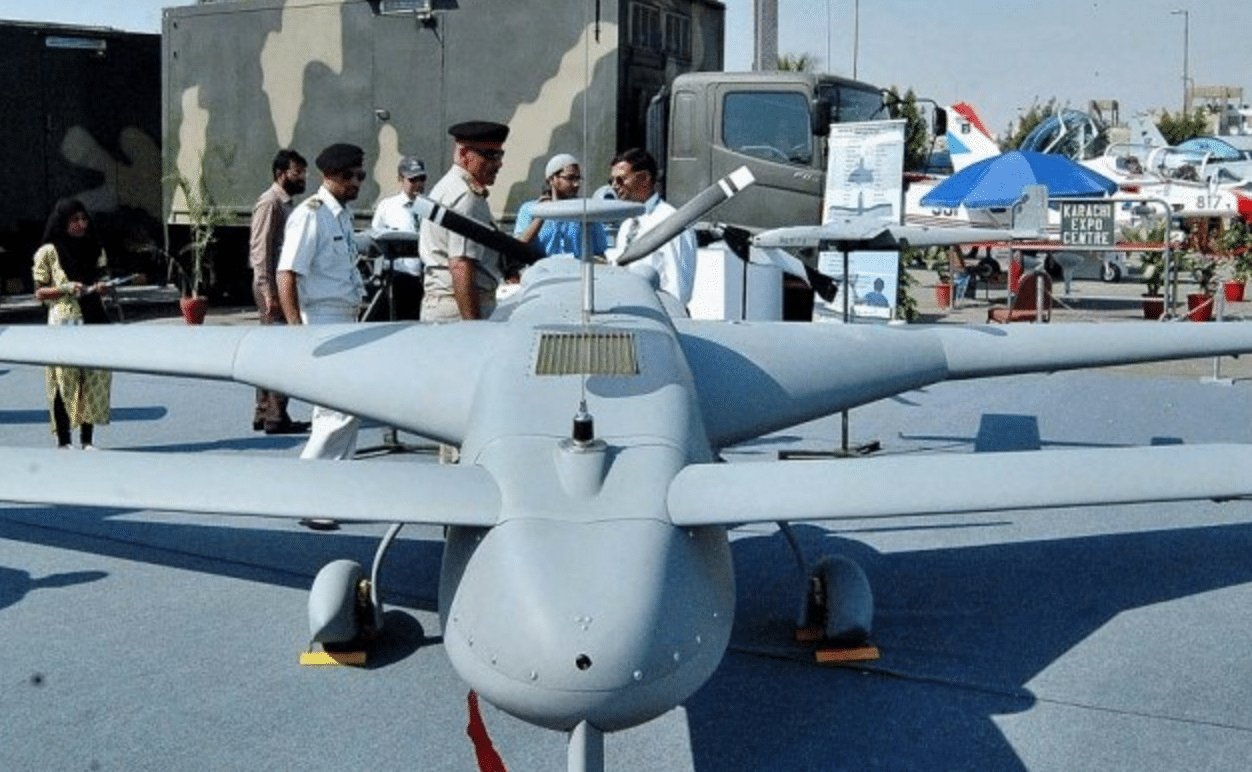2536Views 0Comments

Turkey’s Akıncı Drone Completes First Test Flight
Flying for 16 minutes, the test flight was conducted at the Çorlu district of Tekirdağ, a northwestern area of Turkey. The test flight also involved a fully automatic landing.
According to Baykar, the Akıncı is capable of flying in the air for up to 24 hours. It has a maximum take-off weight (MTOW) of 5,500 kg, a wingspan of 20 m, and length of 12.2 m.
It can carry a payload of 1,350 kg, of which 400 kg is internal and 950 kg through external hardpoints.
The Akıncı is powered by two 450 hp turboprop engines, through Baykar says it designed the UAV so that it can use a twin 750 hp or twin 200 hp configuration as alternatives.
Baykar is planning to configure the Akıncı UAV with an active electronically scanned array (AESA) radar so that it could perform many of the same tasks as fast jets, such as the F-16. It will also feature beyond-line-of-sight (BLoS) satellite communication, artificial intelligence features, and other high-tech capabilities.
The company will also integrate many types of air-to-surface munitions, including general purpose bombs, anti-tank guided missiles, and in time, stand-off range cruise missiles, such as the Roketsan SOM, and indigenous air-to-air missiles.
Notes & Comments:
Given the focus on configuring the Akıncı with subsystems and munitions meant for fighters, it is possible that Baykar is working on a larger and more complex jet-powered UAV to fully manage strike operations.
Baykar is emerging as a success story for the Turkish aerospace industry. Not only is it advancing in terms of UAV development, but it has also seen success with exports, namely to Ukraine and Qatar.
In a sense, it is competing with Turkish Aerospace for the domestic and overseas drone market, yet it also represents Turkey’s rise as an alternative option to Western and Chinese UAVs.


